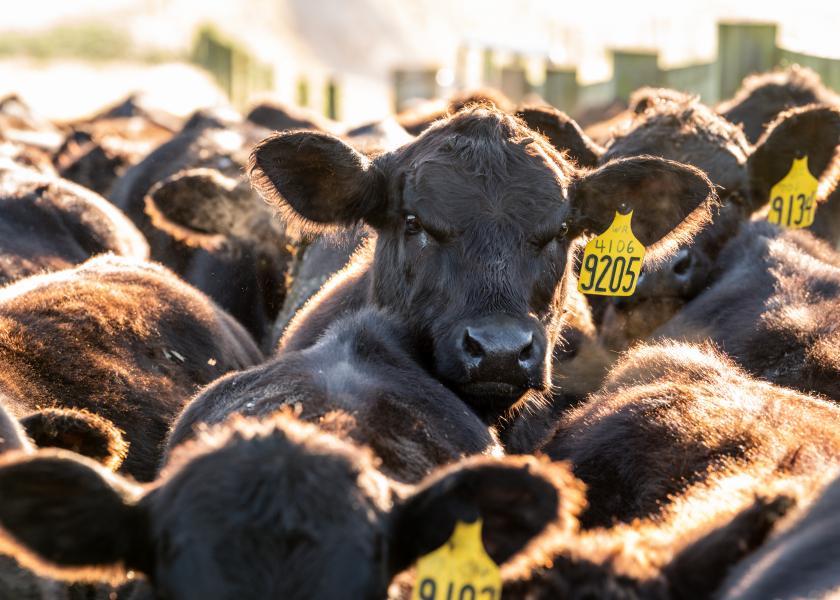The Value of Calving Distribution

Commercial cow-calf producers can face an overwhelming number of records, data, and ratios that promise to boost the bottom line. Hidden in these options is one simple measure that can provide useful information about the cowherd’s performance that we can start tracking today. That measure is our calving distribution. Calving distribution is simply tracking when our calves are born within our calving season.
This measure is useful in three areas.
- There is a litany of research that emphasizes the improved individual animal performance of calves born early in the calving season. Better weaning weights, stronger feedlot/carcass performance, and improved reproductive efficiency of retained heifers are all well documented research.
- It helps us identify which females are excelling within our environment and management by settling early in the breeding season.
- It can help us identify which cows are making the largest annual profit contribution to the ranch. It is common to discuss annual cow cost or cost per cow. This is a bit misleading in the sense that we manage the herd not the individual. As a result, the cows all share an equal part of the annual cost. The cows that calve early in the season will bring in more revenue (via older and generally heavier calves) than the late calving cows that share the same portion of the cost.
The collection of information to do this is simple. Start by tracking the dates that calves are born and split your calving season into segments. The by the book method is to use 21-day increments. Take the number of calves born in that segment and divide it by the total calves born. The answer will provide the percentage of calves born in that period. The target is to get as many cows calving in the initial 21-days as feasibly possible.
While making progress can be slow, diagnosing our current distribution and finding cost effective ways to front load our calving season can have significant financial benefits. In the commercial cow-calf setting, calving distribution is a go-to production measure for its ease and the information it provides. It highlights that while she needs to have a calf every year, that calf needs to hit the ground earlier rather than later.







